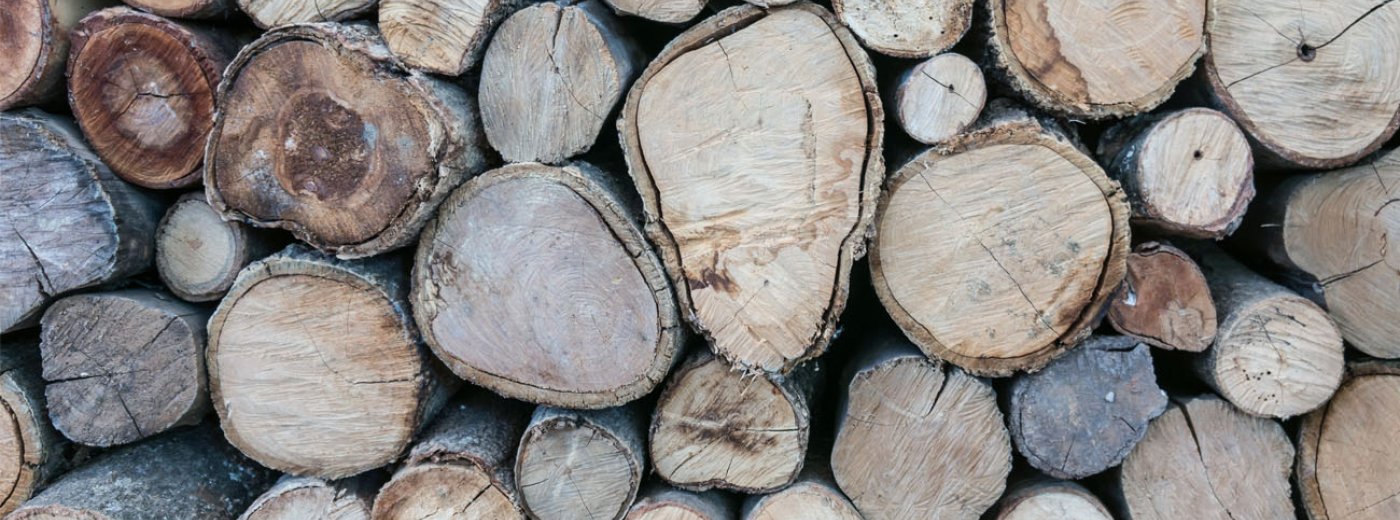How to buy the right logs for your wood burning stove
Some quick tips on what you need to know when selecting the best wood for your stove.
Some quick tips on what you need to know when selecting the best wood for your stove.
Apart from making sure that the stove is clean and maintained, there are other things to consider with your wood burning stove. The logs that you intend to use within your stove will be another thing to consider. It is not a matter of simply heading out and getting a few sticks to throw in the stove or just a matter of using any style of wood. It is likely that your installation specialist will tell you these things when talking about how to get the most from your stove, but here are some easy to follow guidelines to make sure you know before you make a mistake that could be dangerous or undermine the efficiency of your stove.
Do you know how you can easily start an environmentally friendly fire in your wood stove? With our guide we will show you a trusted procedure that makes lighting the fire easy.
Many people that are new to the wood stove mindset simply believe that the ability to use the stove is a matter of heading out, cutting down a tree, and putting the wood into the unit. It is not that simple at all. The wood needs to be seasoned. Seasoning the wood is not about the water content itself. A freshly cut down tree maintains the water content for keeping the tree alive. Depending upon the time of year, the water content can be anywhere from 35% and 60% and even higher during the spring and summer seasons. Seasoning is simply storing the wood for a time until the water content falls below 20%.
Unseasoned wood will burn, but the increased water content will prevent the fire from burning as hot as possible, and so infringes on the overall efficiency of your unit. It is often best to purchase logs from a reputable source as opposed to cutting down trees yourself, unless you have a place available to store the wood for about six months to properly season it out of the rain and weather.
Different woods burn in different ways, and hardwoods have proven to be among the best sources of heat for any wood burning stove. Hardwoods provide a dense wood structure when properly seasoned, and burn for much longer than the loose structure of soft woods such as pine and spruce. Oak and Elm are great Hardwoods, but can be difficult to burn within the unit as their density structure is sometimes too tight to burn. Some of the best choices include; Crab Apple, Hornbeam, Ash, Beech, and Hawthorn. These woods have proven over time to burn the best without too tight of an interior structure.
Some new wood stove owners attempt to burn pine as the wood is cheap, but Pine should always be avoided as the wood builds up harmful deposits within the flue. Overtime, the use has been known to cause fires. The wood is ideal for outdoor fires only as there is no risk of the harmful buildup in the great outdoors.
Do you know what kind of wood you want to use for your wood stove? Check our our guide for information about different types of firewood.
The type of wood used is only part of the process of getting the right fire within your stove. The size of the wood logs is another factor to consider. The main reason that you always see wood being split is to take advantage of the surface area of the wood itself. Putting a full log into the fire will burn, but will not burn effectively. The outside structure of the log locks in the wood, making it difficult for the fire to penetrate the space. Splitting logs into fourths or eighths enables the surface area of the log to be maximized to the point where the log is large enough to burn for a long time but still allows the fire to penetrate properly. Any log over 10 cm in length needs to be split for proper circulation and efficiency. Most wood cutters know this and will maintain their wood stacks with this in mind, so it should be no trouble to purchase wood that is split properly.
Your wood burning stove can last you for many years to come and be the centerpiece of the home. When you purchase a new stove from a licensed dealer, they will tell you everything you need to know about the care and maintenance of the unit. Just like the fuel you put into your own body impacts your overall health, the wood that you put into your stove will impact its efficiency and overall longevity. For the best results, only purchase wood from a trusted source and always have your unit regularly inspected and maintained for maximum efficiency.
